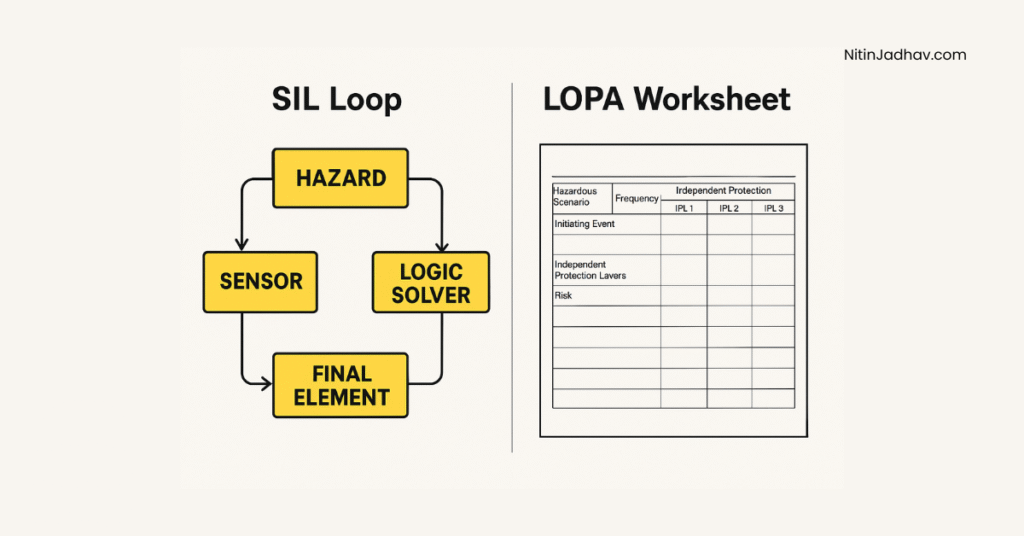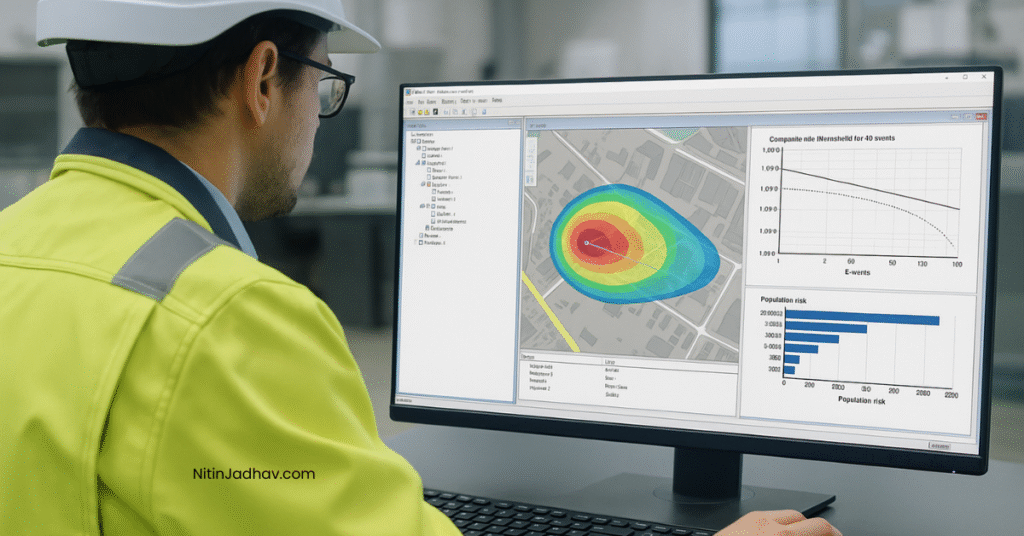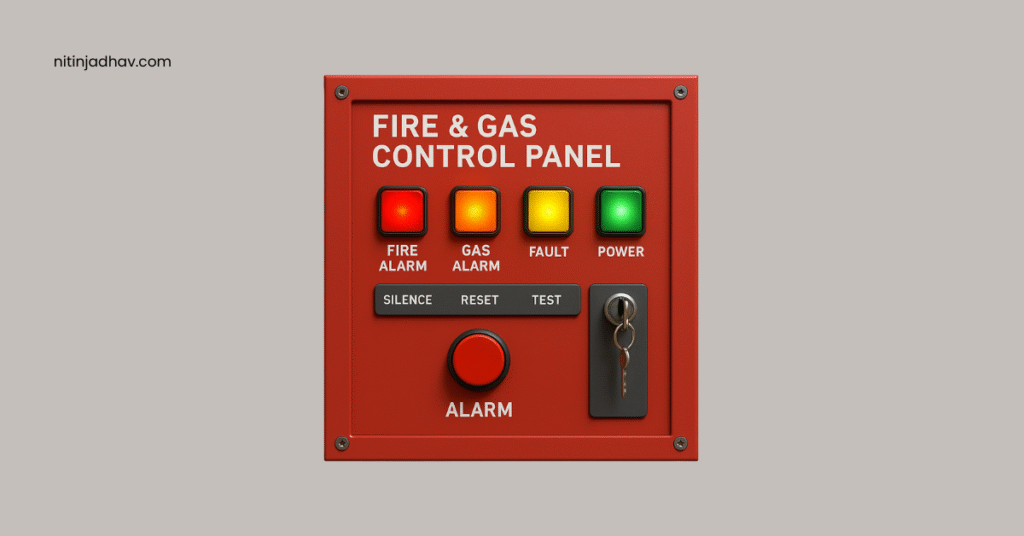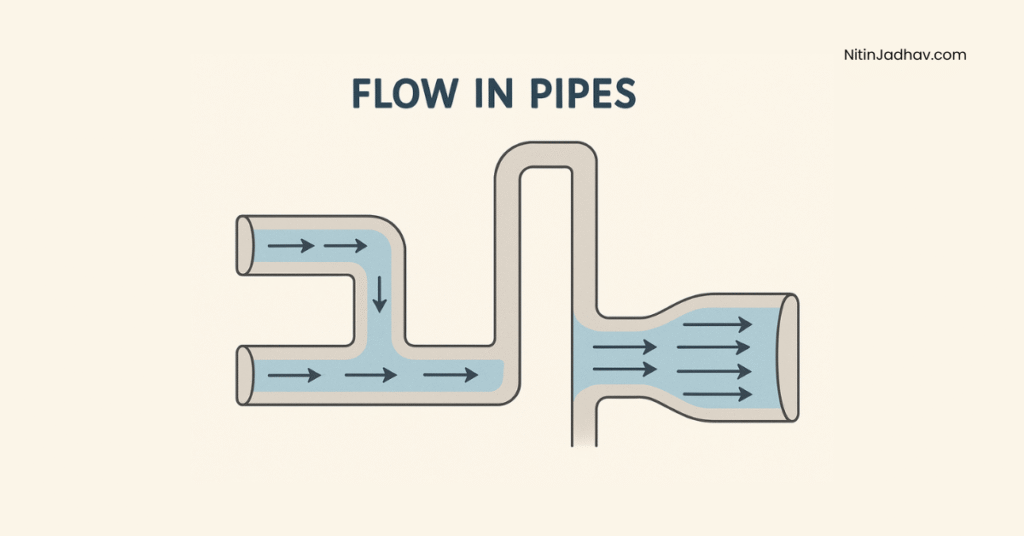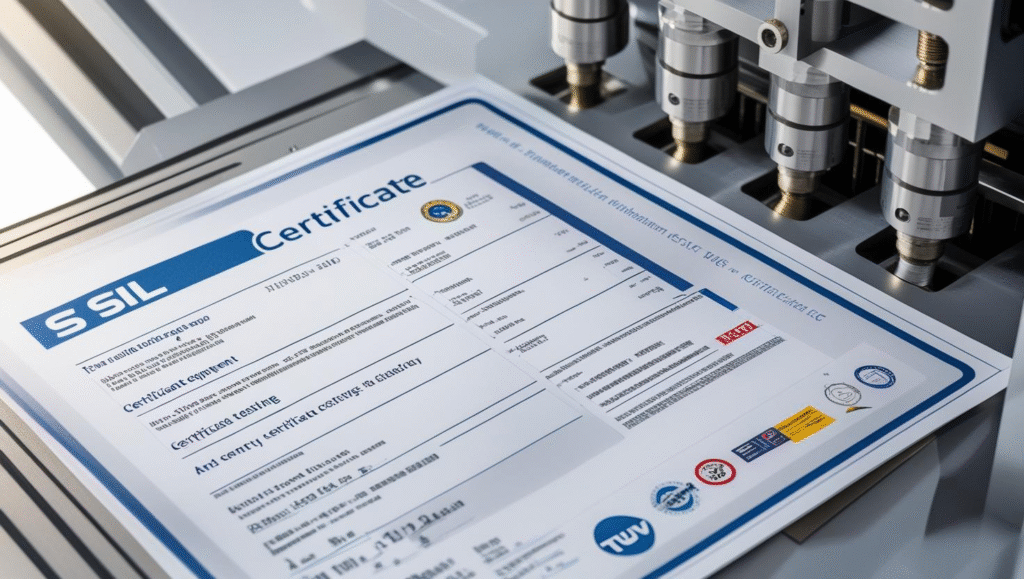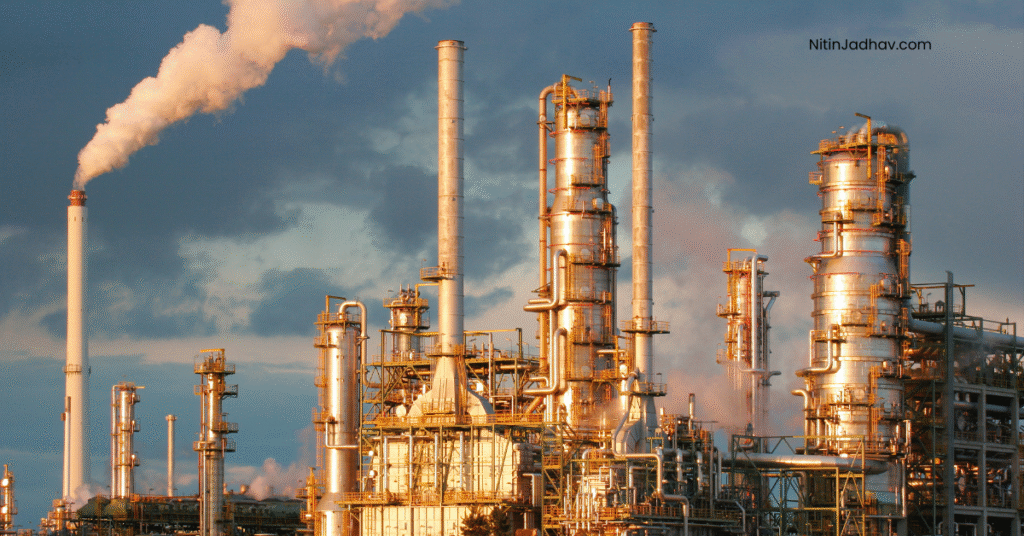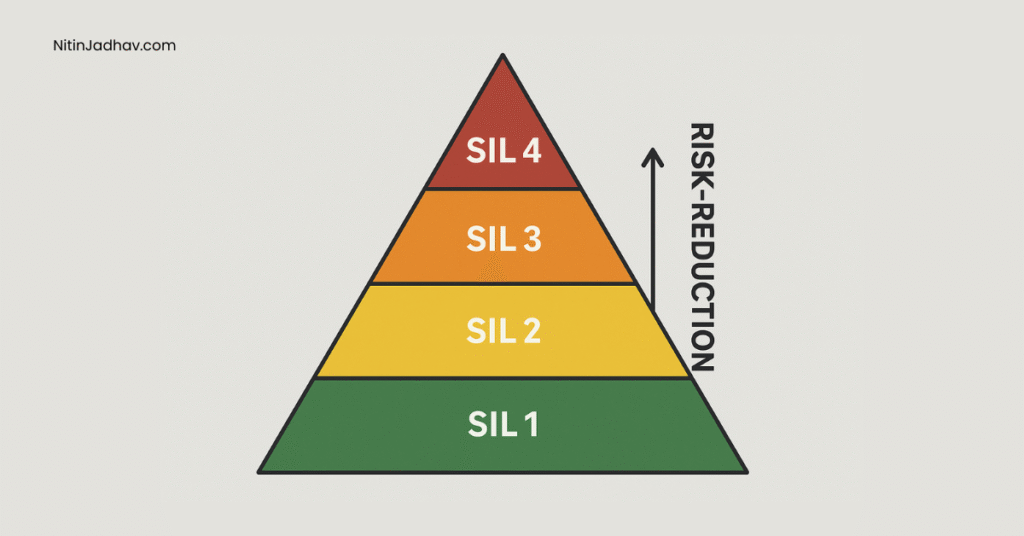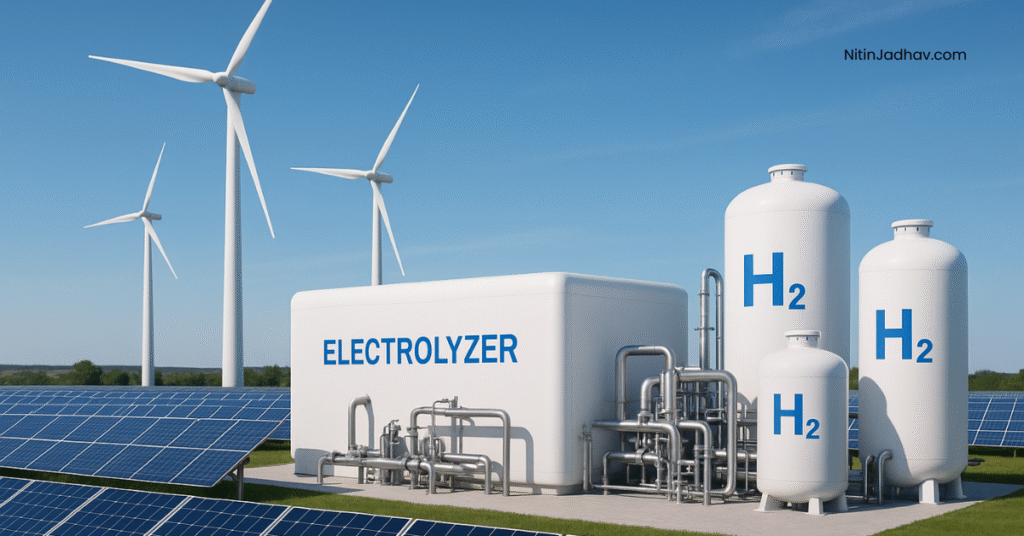SIL vs LOPA – What’s the Difference? A Detailed Guide for Engineers
Engineering Tools, Functional Safety, Oil & Gas Safety, Process Safety, Risk Assessment TechniquesConfused between SIL and LOPA? Learn the key differences, methodologies, use cases, and how they work together to manage risk in process industries. Ideal for engineers, HSE professionals, and system designers.
SIL vs LOPA – What’s the Difference? A Detailed Guide for Engineers Read Post »
